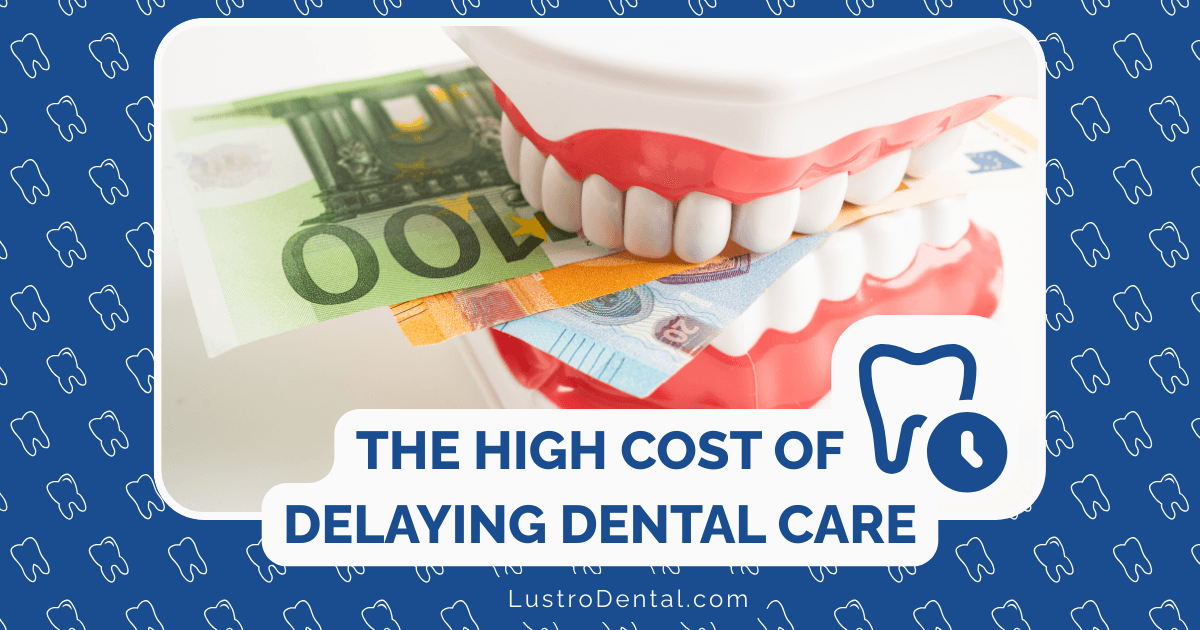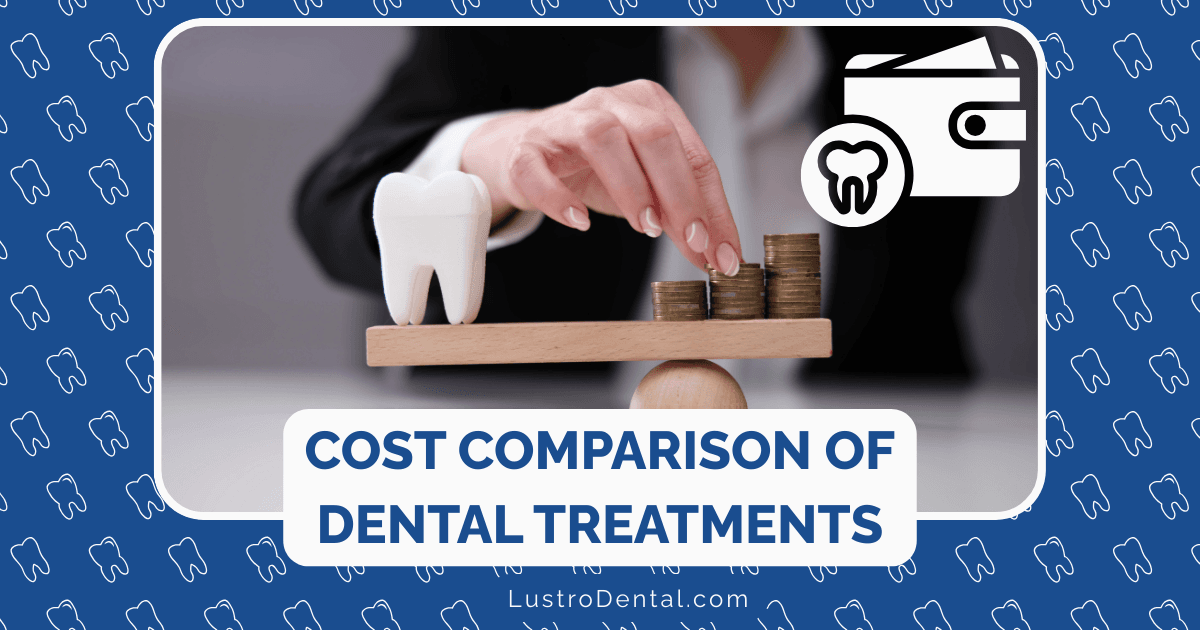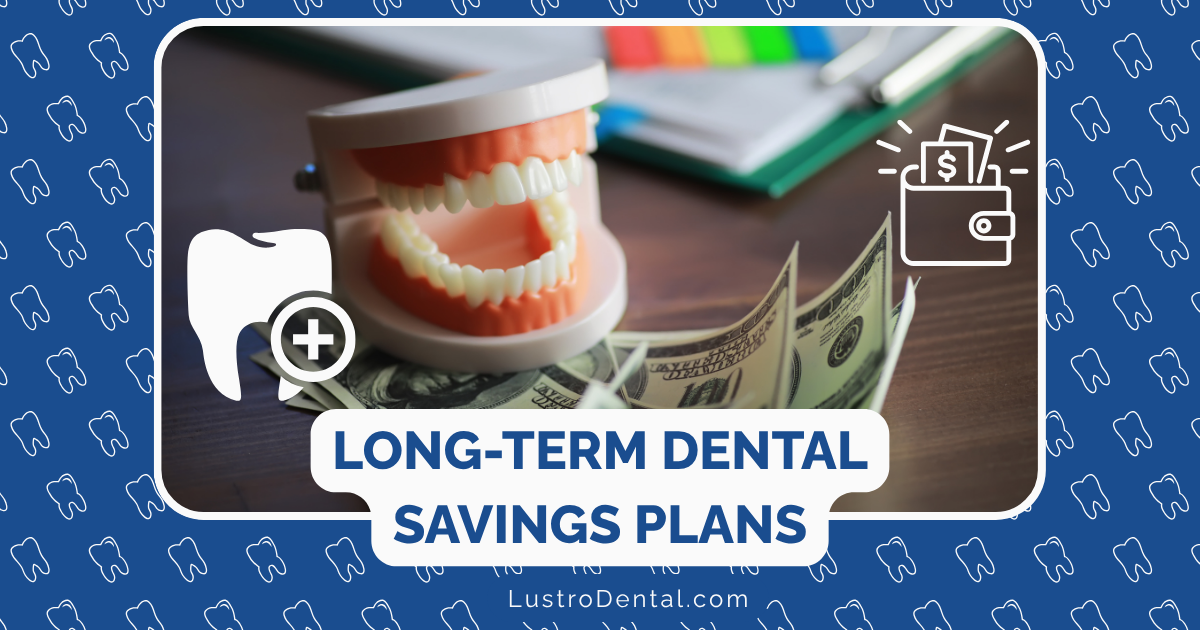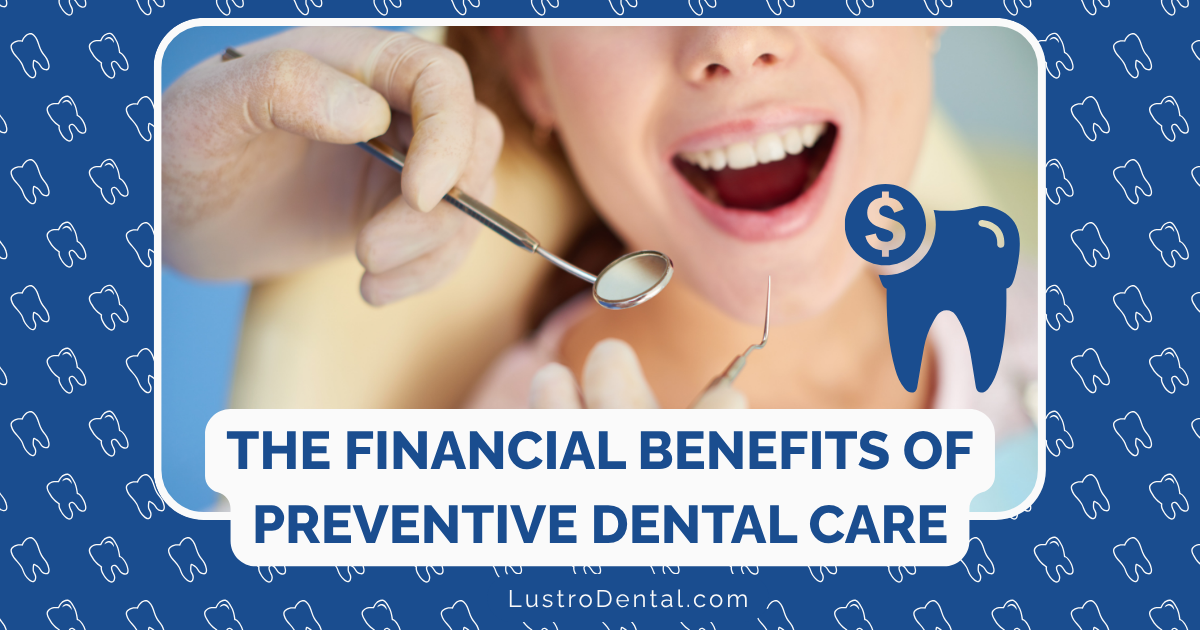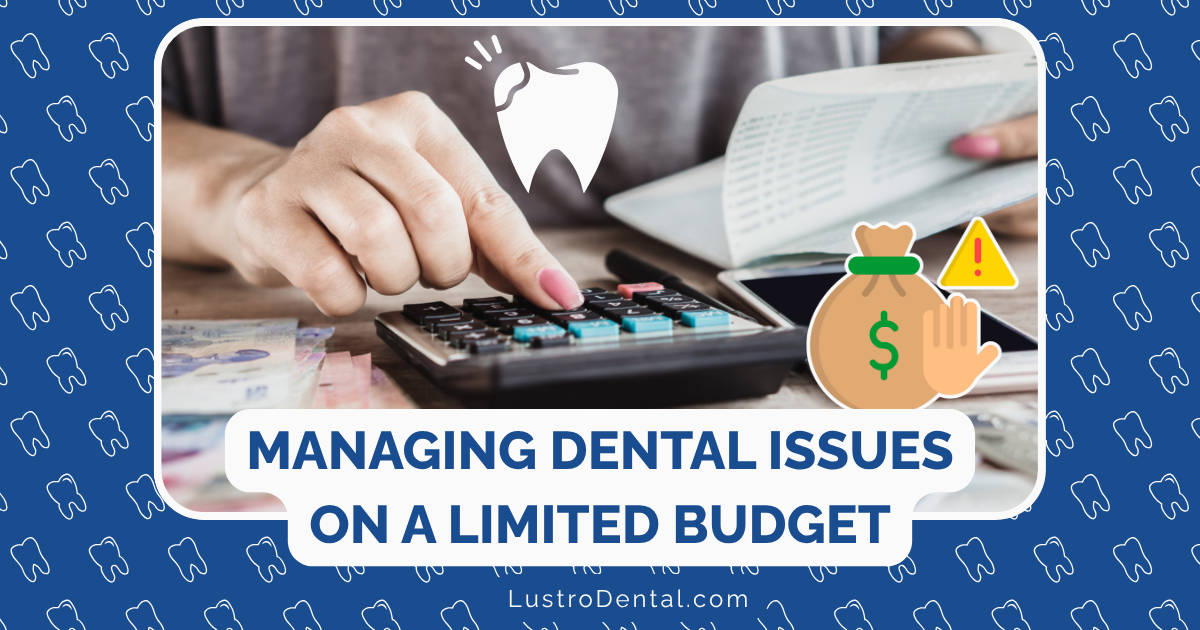Using HSA and FSA Funds for Dental Care: Rules and Strategies
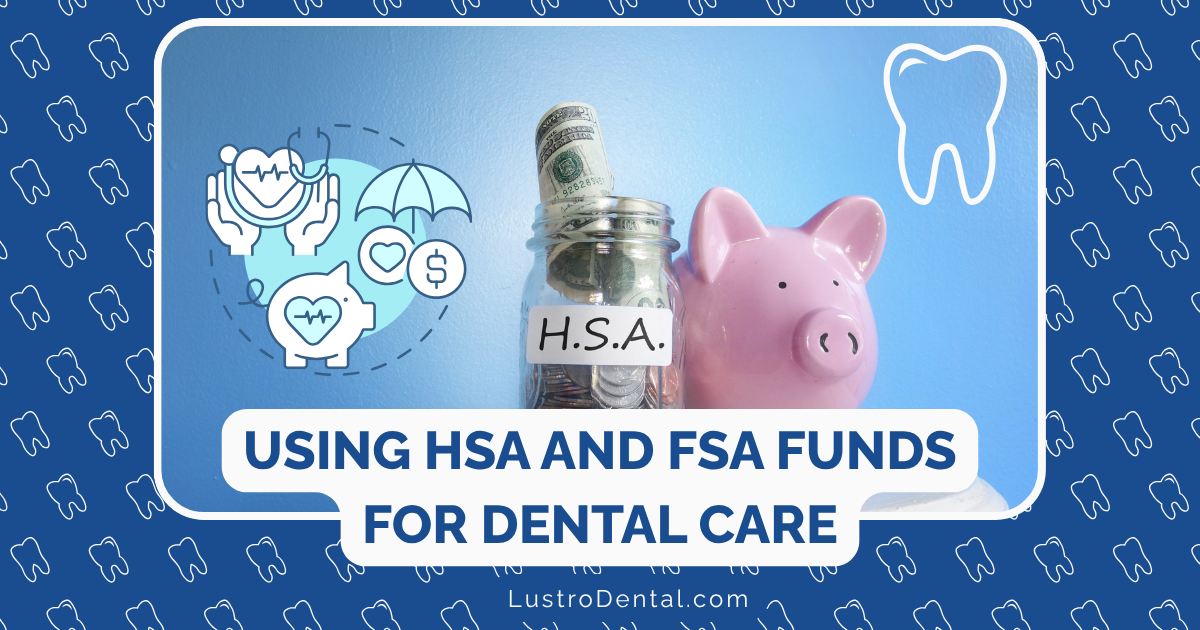
Dental work isn’t just painful for your mouth—it’s often excruciating for your wallet too. With the average crown costing $1,000-$1,500 and a single implant running $3,000-$5,000, dental expenses can quickly derail your financial plans.
But there’s a powerful financial tool that many Americans overlook: tax-advantaged health accounts. Health Savings Accounts (HSAs) and Flexible Spending Accounts (FSAs) can significantly reduce the sting of dental expenses, potentially saving you 20-37% on everything from routine cleanings to major dental work.
According to the American Dental Association, Americans spent over $142 billion on dental care in the last year. Yet Devenir Research reports that only about 23% of HSA holders use their accounts to their full potential. Let’s change that.
HSA vs. FSA: Understanding the Fundamentals
Before diving into dental-specific strategies, let’s clarify the key differences between these accounts:
Health Savings Accounts (HSAs)
- Eligibility: Must be enrolled in a qualifying high-deductible health plan (HDHP)
- 2025 Contribution Limits: $4,150 for individuals, $8,300 for families (plus $1,000 catch-up contribution if 55+)
- Key Advantage: Triple tax benefit—tax-deductible contributions, tax-free growth, tax-free withdrawals for qualified expenses
- Rollover: Funds roll over indefinitely; no “use it or lose it” rule
- Ownership: Account stays with you even if you change employers
- Long-term Potential: Can be used as a retirement account after age 65
Flexible Spending Accounts (FSAs)
- Eligibility: Offered through employers; no health plan requirement
- 2025 Contribution Limits: $3,300 per employer
- Key Advantage: Immediate tax savings through pre-tax contributions
- Rollover: Limited—typically “use it or lose it” with some employers offering a $640 carryover or 2.5-month grace period
- Ownership: Tied to your current employer; lose access upon leaving
- Long-term Potential: None; designed for current-year expenses only
What Dental Expenses Are Eligible?
The IRS is surprisingly generous when it comes to dental expenses. According to IRS Publication 502, eligible dental expenses include:
Definitely Covered:
- Routine cleanings and exams
- X-rays and diagnostic services
- Fillings, extractions, and root canals
- Crowns, bridges, and dentures
- Dental implants
- Orthodontics (braces, Invisalign)
- Periodontal treatments
- Sealants and fluoride treatments
- Occlusal guards (night guards)
Sometimes Covered (With Documentation):
- Treatment for sleep apnea (dental appliances)
- TMJ treatments
- Dental surgery for medical reasons
- Anesthesia for dental procedures
Not Covered:
- Purely cosmetic procedures (teeth whitening)
- Toothbrushes, toothpaste, and floss (with some exceptions)
- Mouthwash and breath fresheners
- Dental insurance premiums (HSA exception: if you’re receiving unemployment benefits)
- Prepayment for future services
Strategic Planning for Dental Expenses
Now for the actionable part—how to strategically use these accounts to maximize your dental care dollars:
1. Timing Strategies for FSA Users
The “use it or lose it” nature of FSAs requires careful planning:
Front-Loading Essential Care
Schedule routine preventive care early in your plan year. This accomplishes two things:
- Identifies any issues that might require treatment before your funds expire
- Leaves time to plan for more extensive procedures if needed
The December-January Strategy
For major work requiring multiple visits:
- Begin treatment in December (current plan year)
- Complete treatment in January (new plan year)
- Split costs between two years’ FSA funds
The Grace Period Hack
If your employer offers a 2.5-month grace period:
- Save your receipts from the final months of your plan year
- Submit them during the grace period if you haven’t depleted your funds
- This gives you extra time to determine the best use of remaining funds
2. Maximizing HSA Long-Term Value
The rollover feature of HSAs opens up different strategies:
The Investment Threshold
Many HSA providers allow investing once you reach a certain balance (typically $1,000-$2,000):
- Maintain this minimum for immediate dental needs
- Invest the remainder for long-term growth
- Consider paying smaller dental expenses out-of-pocket, keeping receipts for future tax-free reimbursement
The Receipt Saving Strategy
This advanced approach can significantly boost your HSA’s value:
- Pay for dental expenses out-of-pocket
- Save the receipts indefinitely
- Let your HSA investments grow tax-free
- Reimburse yourself years later when the account has grown
According to HSA provider Lively, this strategy could potentially turn a $3,000 dental expense into $6,000+ of tax-free money over 10 years, assuming average market returns.
The Family Maximizer
HSAs cover qualified expenses for your spouse and dependents, even if they’re not on your health insurance:
- Coordinate with your spouse to maximize family contributions
- Use one HSA for current expenses and let the other grow
- Consider adult children under 26 (they don’t need to be dependents for HSA coverage)
3. Coordination Strategies for Both Accounts
If you have access to both an HSA and FSA (limited purpose FSA is allowed with HSA):
The FSA-First Approach
- Use your FSA funds for immediate dental needs
- Preserve HSA funds for long-term growth
- This addresses the “use it or lose it” concern while maximizing tax-advantaged savings
The Procedure-Splitting Strategy
For extensive treatment plans:
- Use FSA for predictable portions with clear current-year timing
- Reserve HSA for potential complications or follow-up work that might cross plan years
Practical Tips for Implementation
Documentation Is Everything
The IRS requires specific documentation for HSA/FSA expenses:
- Date of service (not payment date)
- Provider name and address
- Description of service
- Amount charged
Pro tip: Ask your dental office for a “walkout statement” with these details after each visit.
Using Your Funds: Payment Methods
FSA Payment Options:
- FSA debit card (most common)
- Reimbursement claim with documentation
- Some providers offer direct billing to FSA administrators
HSA Payment Options:
- HSA debit card
- Online bill pay from HSA account
- Reimbursement to yourself (no time limit)
Handling Dental Insurance Coordination
If you have dental insurance:
- Submit to insurance first
- Use HSA/FSA funds for the remaining patient responsibility
- Keep explanation of benefits (EOB) documents with your receipts
Maximizing Value: Advanced Strategies
The Prepayment Caution
While prepaying for dental services might seem smart before funds expire, it’s risky:
- IRS requires services to be rendered before payment is eligible
- If treatment plans change, you may have tied up funds unnecessarily
- Better approach: Schedule services close to your deadline rather than prepaying
The Insurance Premium Loophole
While dental insurance premiums generally aren’t HSA/FSA eligible, there’s an exception:
- HSA funds (not FSA) can pay for dental insurance premiums while receiving unemployment benefits
- HSA funds can pay for dental insurance premiums during COBRA coverage
- HSA funds can pay for dental insurance premiums after age 65
The Dependent Care Strategy
For orthodontic treatment for children:
- Consider using both dependent care FSA and healthcare FSA/HSA
- Some orthodontic expenses may qualify under both categories
- This requires careful documentation and provider coding
Real-World Scenarios
Scenario 1: The Implant Planner
Situation: You need a dental implant ($4,500 total) but have only $2,000 left in your FSA with two months until plan renewal.
Strategy:
- Schedule extraction and bone graft now ($2,000)
- Plan implant placement for early in the new plan year
- Schedule final crown 3-4 months later
- Result: Procedure fully covered by FSA across two plan years
Scenario 2: The Orthodontic Optimizer
Situation: Your child needs braces ($6,000) and you have an HSA.
Strategy:
- Time treatment start for December/January
- Make a down payment from current year’s HSA
- Set up monthly payments from next year’s contributions
- Consider negotiating a discount for paying a larger portion upfront
- Result: Treatment fully covered while maximizing tax advantages
Scenario 3: The Emergency Root Canal
Situation: Unexpected root canal and crown ($2,000) when your FSA is depleted.
Strategy:
- Pay with HSA funds if available
- If no HSA, consider CareCredit or payment plan until next FSA enrollment
- Increase next year’s FSA election to cover similar emergencies
- Result: Managed cash flow with plan for future tax savings
Common Mistakes to Avoid
1. Underestimating Dental Needs
The average American underestimates their annual dental expenses by 30-50%. Review your dental history and increase your contributions accordingly.
2. Missing Family Opportunities
Many people forget that HSA/FSA funds can cover spouses and dependents, even if they’re not on the same health insurance plan.
3. Forgetting About Orthodontics
Orthodontic treatment has special FSA/HSA rules that allow for reimbursement as treatment progresses, not just when paid.
4. Ignoring the December Rush
Dental offices are swamped in December with patients trying to use expiring benefits. Schedule strategically to avoid this rush.
The Bottom Line
HSAs and FSAs offer powerful tax advantages that can make dental care significantly more affordable. With strategic planning, careful documentation, and an understanding of the rules, you can stretch your dental dollars further while reducing your tax burden.
Remember that tax laws and contribution limits change periodically, so stay informed through official IRS publications or consult with a tax professional for your specific situation.
Have you used HSA or FSA funds for dental work? Share your experience and strategies in the comments below!


